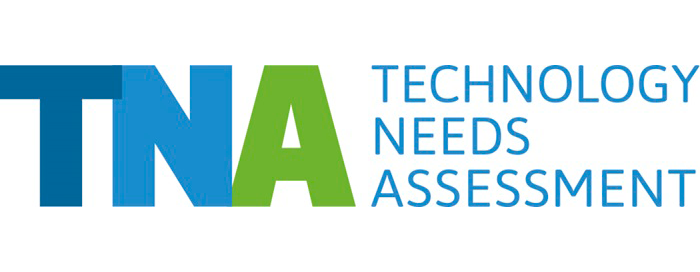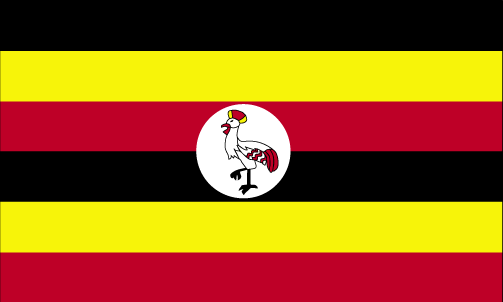Uganda completed its TNA in 2023. Uganda’s updated Nationally Determined Contribution (NDC) increased its emissions-reduction ambition to about 24.7 % by 2030 and links technology deployment with sector targets (irrigation, electrification, forest restoration) to build resilience.
Uganda is highly vulnerable to climate change despite having very low greenhouse gas emissions, and its economy remains heavily reliant on agriculture and natural resources.
Under the TNA process, Uganda has prioritised technologies for both adaptation and mitigation. Adaptation priorities include crop breeding, community irrigation systems, rainwater harvesting and forest-land restoration through practices like farmer-managed natural regeneration.
For mitigation, Uganda selected technologies such as solar rooftop systems, efficient institutional cook-stoves and institutional bio-latrines (biogas) as key. The TNA also identifies institutional, financial and capacity-barriers to uptake of climate technologies, emphasising the need for enabling frameworks, private‐sector engagement and bankable projects to access climate finance.
Uganda’s TNA contributes to the following Sustainable Development Goals:






